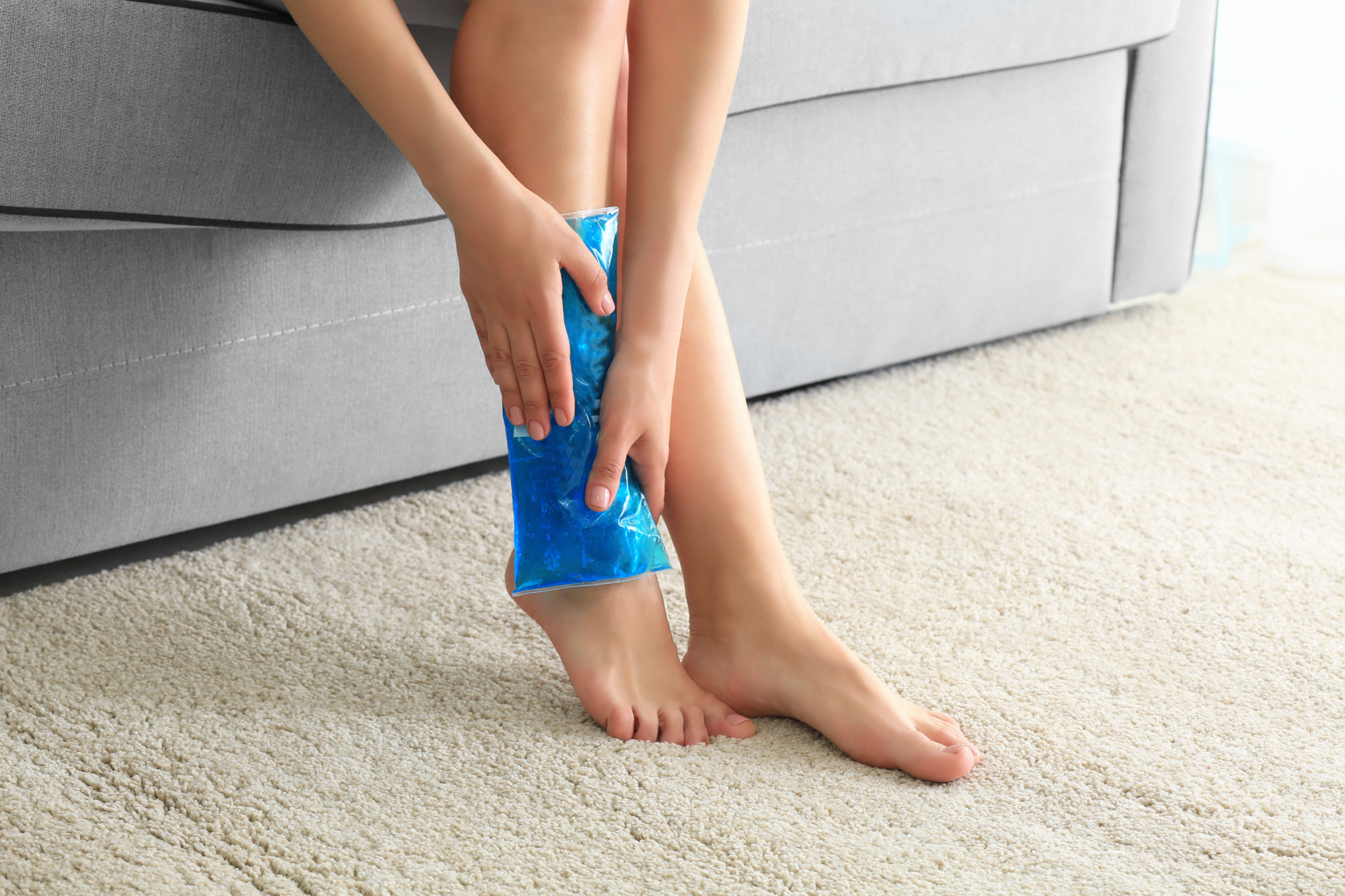
When it comes to serious athletes—especially those participating in a triathlon—a smart practice is to apply some form of ice for post-workout recovery. In fact, cold therapy methods help to reduce thermal strain and boost high-intensity performance.
But what is cold therapy? Are there different forms? And how can this form of therapy help you post-triathlon?
Whether you’ve participated in several long-distance runs before, have just started planning for your first, or are simply curious about better muscle recovery methods, here is everything you need to know about cold therapy and how it can help your body heal faster and more efficiently.
What is Cold Therapy?
Cold therapy is all about immerging sore muscles in cold water or ice to activate the body’s natural healing process. It’s a method that’s been used for thousands of years, and now—primarily with athletes—it’s really making a difference in the way the body recovers post-workout.
Cold therapy has evolved into many forms, one being cryotherapy, which involves near-freezing temperatures. Although this is a form of cold therapy, it’s a bit extreme. Most athletes prefer ice packs, baths, submersion tubs, etc.
How Can Cold Therapy Help the Body?
Cold immersion directly affects the lymphatic system and other senses. Your lymphatic system is made of the vessels that run through your body. These vessels control your muscle contractions and help rid your body of any toxins, waste, or bacteria.
Exercise plays a major role in this system’s effectiveness, and when you add cold therapy, it causes the lymph vessels to contract and pump fluids, flushing toxins and build up out of ‘damaged’ or overworked areas. This speeds up the healing process, getting you back on your feet quicker.
Cold therapy also reduces muscle inflammation to prevent DOMS (Delayed Onset Muscle Soreness) which can really leave your body feeling achy, tender, and weak. Cold water lowers the temperature of damaged tissues and constricts blood to areas, allowing the muscles to feel numbed and less inflamed.
How Can Cold Therapy Work Post-Triathlon?
If you’re a serious runner, you know that your body needs good recovery. One of the best ways to get that is through cold therapy, which ensures your muscles are healing quicker and more efficiently.
After your run or race, it’s important to apply some form of cold therapy/immersion methods to your body (especially legs, calves, and feet). Whether you’re directly icing painful areas, submerging in an ice bath, or using a specialized product, this is the most important step in reducing initial soreness.
Beyond the basics, there are so many cold immersion options for triathlon runners. One of the easiest and most portable is this Game Ready Ice Machine rental. Not only does it work with cold and active cryotherapy, but it includes compression as well, focusing on problem areas in your legs and calves.
It’s important, especially as a triathlon runner, to be serious about your post-workout recovery. That way, you can heal your body and get back to training for your next run or race!
Recap: Cold Therapy Directly Boosts Muscle Recovery
Whether you’ve been running races for years or are just getting started with triathlons, it’s important to learn about cold therapy and the benefits.
Sore muscles are no joke. If you don’t take your aches and pains seriously, you could risk injury or potentially damage yourself to the point that you can’t run another race!
Be smart! And if you’re interested in learning more about cold immersion methods and race-running tips, feel free to browse our website.
